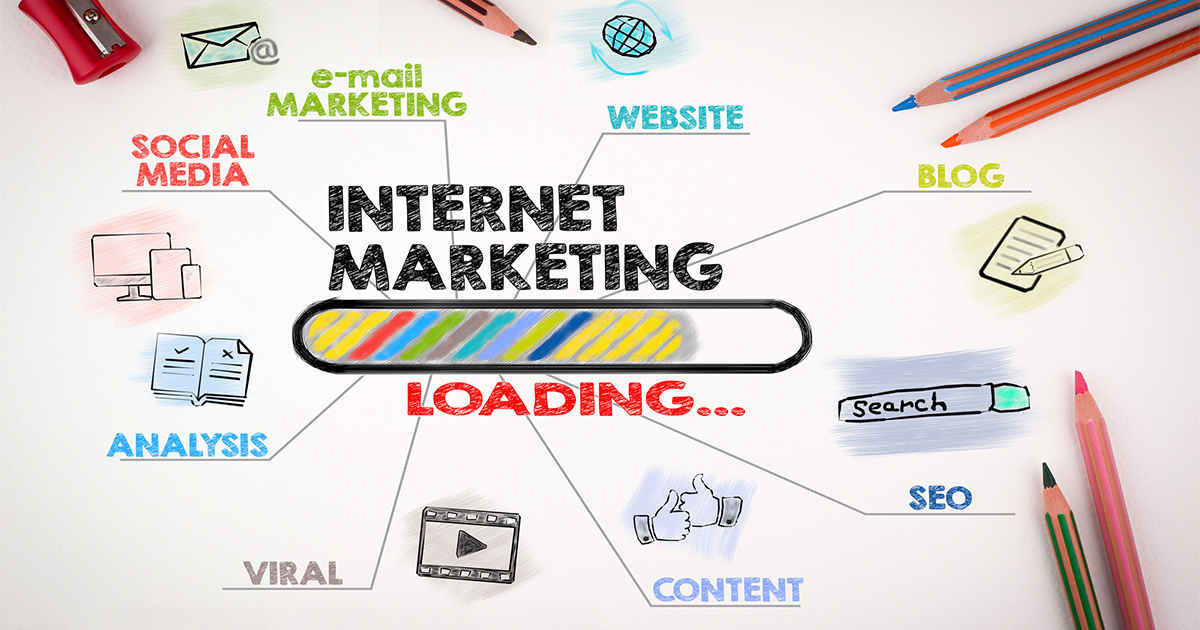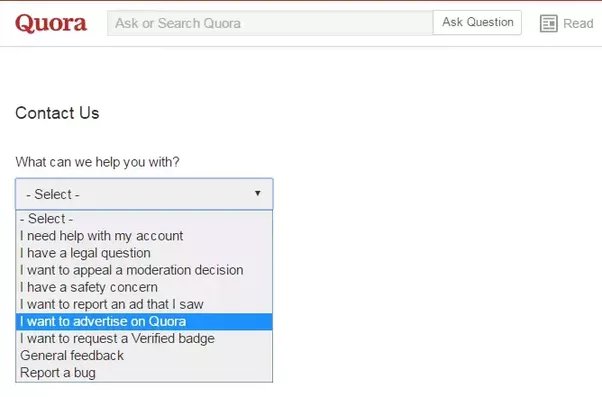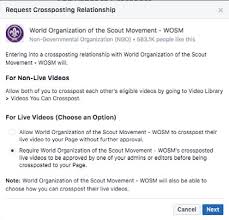
So, you have decided to launch your own digital advertising strategy. What's next? This article will guide you through each step of the process from selecting your channel to researching your audience. This article will also help you to create a customer path and split test a strategy. This will allow you to see if your new strategy works for your brand. You're not the only one who isn't satisfied with your new strategy. Many businesses have been asking the same question. "How can I create a digital strategy for marketing?"
Researching your audience
To create a digital marketing strategy, you need to research your audience. You can accomplish this by conducting quantitative research. This involves taking a survey of a large group and generating statistical findings. For example, if you want to create an email campaign for a specific audience, you need to identify their interests and pain points. Similarly, you can look at their purchase history to determine their purchasing behavior. Then you can target your marketing messages to the targeted audience segments.
A successful digital marketing strategy requires you to get to know your audience. Without thorough research, it's impossible to understand your audience's needs and wants. Luckily, research can help you identify those issues and develop personalized content for them. It's possible to identify their needs and make your marketing more effective by conducting research. Here are some tips for researching your audience:
Interviews: Surveys can help you better understand your audience. You can ask existing customers via email, publish customer reviews on social media, and conduct interviews. These surveys will provide valuable insights into the personality of your audience. Then you can develop your digital strategy. Researching your audience is crucial, but it's also essential to create a compelling campaign. This way, you'll be able to engage your audience and increase sales.
Segmentation: This allows you to target your audience by understanding their lifestyle and preferences. Segmentation will allow you to craft a stronger message and interact with your customers in a more personal way. Adidas sent a separate email for women while the clothing label categorised their audience by gender. The vast majority of customers buy jeans and a survey asking them to rate the retailer would yield an average score of 8/10.
Choose your channels
Your product or service promotion will be enhanced by digital marketing channels. Your objectives, competition, budget, as well as your primary objectives should be considered when choosing a digital marketing channel. Different channels will produce different results. Make sure to choose carefully and find the one that works for you. Your choice of channels will impact the type of content that you share and how you format your ads. Content marketing is still the king and most relevant form of marketing. But if you want reach your audience, you need to use this technology.

The decision to use a particular digital marketing channel will depend on the goals of your business. Your long-term and short term goals should be determined. A long-term goal could be to increase revenue by 20% over the next two years, while a short-term goal might be to generate 400 sales qualified leads within six months or increase website traffic by 70% in eight months. To determine which channels are best for your business, identify both the short-term as well as long-term goals.
Before you decide which channels to use, make sure to analyze the effectiveness of each of them. Each channel has its strengths, weaknesses, freedoms, and limitations. Identify the type of creative content you will need for each channel, as well as its costs. Be sure to allocate all the budget you have before you consider using other channels for your digital marketing strategy. Facebook or Twitter is the best way to generate buzz.
Create a customer journey
Customer journey maps are an important part of a digital marketing strategy. These maps map the customer's path from decision to action. The customer journey map serves many purposes. For example, it can show the customer's journey from the initial stage of the sales funnel up to the moment when they become lifelong customers. The customer journey map can also help identify where improvements can be made.
A customer journey map is essentially a prospect's journey to purchase. It helps marketers map out the questions they ask and the pain points they experience along the way. The higher-funnel stages are aimed at creating awareness and interest, while the final stages are devoted to fostering brand loyalty. This process should begin with awareness, which can occur through social media, word of mouth, search engine suggestions, blogs, SMS, and apps.
After researching and learning about a brand, potential customers begin the information-gathering phase of the customer journey. They aren't sure who you are at first but they know what their needs are. In this stage of the Customer Journey, brands should have content that aids customers to make informed decisions. Brands can also offer customers a free trial period to remove any obstacles that may hinder their purchase process.
Marketers can use a customer journey map to help them target advertising by understanding how customers buy products and services. Each stage in the customer journey needs to have its own buyer persona. Marketers will be able to adjust their marketing campaigns based on the stage's goals by knowing this information. Marketers can also use customer journey maps to help understand their customers better. This helps them identify the motivations behind each stage of their customer's decision-making.
Split testing your strategy
You can improve your business profitability by using split testing in several aspects of your digital marketing strategy. These include page copy, headlines as well button text, images, social buttons, email marketing and call to action. Here are some examples of scenarios you can test. Split testing is useful to determine which marketing tactics will result in increased sales and profit. It is important to select the correct sample size. Split testing should be performed regularly with a suitable confidence rating.
Split testing can be used to assess whether certain marketing strategies are successful or not, and make recommendations to optimize their effectiveness. Split testing can also help you determine if your online marketing strategy is producing leads and generating returns. Split testing lets you test out different versions of a website or specific elements. The split testing results will help you to determine if your website generates money. Once you've identified which variants generate more leads, it is possible to make adjustments in your digital marketing strategy.

ClickFunnels lets you test 6 different versions a single advertisement to get ideas for split-testing. Facebook is another great place to find split test ideas. There are many examples of ads using Facebook and you can copy them to see which ones are performing better. Landing pages are also ideal locations to test split tests. Split-testing can also be done on landing pages. Moving the CTA down from the fold increased conversions 30% while removing the CTA from the landing page led to cart abandonment rates dropping by 33%.
Split testing plays an essential role in conversion optimization. It involves dividing traffic into two groups - the control group and the variant. Split testing lets you show half the variant version to 50% of your traffic. You divide traffic into equal segments and present one version of each variant to each segment in multivariate testing. Split testing can enhance your digital marketing strategy and you will be amazed at the results.
Measuring its success
The first step to establishing a digital marketing strategy that works is measuring its success. There are many ways to do this, including tracking the number and quality of conversions. Another way to measure effectiveness of a campaign is by using other metrics, such as how many pages were viewed. These metrics can also be used to assess the effectiveness and success of marketing initiatives, as they are based on the target audience.
You need to measure the success or failure of your digital marketing strategy by tracking key performance indicators. KPIs can be quantifiable metrics that measure how your marketing team does against a particular goal. These targets can either be high-level and low-level. These KPIs provide an indicator of the success of a campaign and can be used to guide future campaigns.
It is also important to establish goals that will help you measure your digital marketing strategy. To illustrate, how many people did your website attract? Do you encourage purchases? Are your email communications generating more sales than before? Are you getting new business? What proportion of your visitors bought after you sent an email? These are just a few examples that you can track to see if your digital marketing strategy is effective. It all depends on what your objectives are, your goals, and the digital marketing strategy you use.
FAQ
Where do I get my keywords?
You'll need to consider what kind of products or services you offer and who your ideal customer is, and then look for standard terms related to those things. Once you have a list of phrases, you can use Google Keyword Planner to find out what phrases people are searching or directly go to search engines such as Bing, Yahoo!, and DuckDuckGo.
Can I Improve My Rankings Using Link Building?
Link building is the process that creates high-quality backlinks for your website. It's important to ensure that websites linking to yours are relevant for your business. The more authoritative and unique your link appears, the greater.
How much will it cost me to rank high in the search results?
The type of project you are working on will determine the cost of search engine optimization. Some projects are simple and require minimal changes to existing websites, while others may involve a complete redesign. You will also be charged monthly fees for keyword research and maintenance.
How can I get started with SEO for my site?
To get a Google listing, you must first understand what your customers are searching for. This guide will help to make sure your content is ranked highly by Google. You should also check out our other guides on content marketing.
To begin, you will need to make a plan and decide what keywords you want. There are two types: broad keywords (like digital marketing) and specific keywords (like SEO).
Next, you'll need to choose a few goals: increasing brand awareness, driving leads, or boosting sales.
Once you've defined your objectives, you're ready to start writing content! Here are some SEO tips.
Once you've written your content, it's time for it to be published to your blog or website. If you already own a website this may mean updating your pages. If not, you'll need to hire a web designer who can help you set one up.
Link to your content from blogs and websites after publishing it. This will improve its visibility and expose it to more people.
Statistics
- Sean isn't alone… Blogger James Pearson recently axed hundreds of blog posts from his site… and his organic traffic increased by 30%: (backlinko.com)
- These guides are designed and coded 100% from scratch using WordPress. (backlinko.com)
- A 62.60% organic traffic boost to that page: (backlinko.com)
- If two people in 10 clicks go to your site as a result, that is a 20% CTR. (semrush.com)
- 64% of marketers actively create SEO campaigns because they help hit multiple key performance indicators (KPIs), including increasing traffic, helping your site rank for relevant keywords, improving your conversion rate, and much more. (semrush.com)
External Links
How To
How do you set up your first blog?
It's simple! WordPress is a powerful tool for creating blogs. WordPress allows users to easily modify the look of their blogs, including adding themes, changing colors and customizing the layout. They can also create plugins that will automatically alter certain aspects of the website according to visitor activity.
WordPress.org offers many templates for free and premium templates that are more expensive. Premium templates can include additional pages, plugins, or advanced security features.
Once you've downloaded your template, you'll need to sign up for a free account with a hosting provider to upload your files and run your blog. Many hosts offer free accounts, but there are often restrictions on how much space you can use, how many domains you can host and how many emails you can send.
You will need separate email addresses if you want to use multiple domain names. This service is offered by some hosts at a monthly charge.
You may be wondering why anyone would pay for a blog to be hosted online if you are new to blogging. Hosting companies offer unlimited storage, so your files won’t be deleted even though you delete them accidentally.
Many hosts let you host multiple domains. That means that you can have different websites under the same hosting plan. You can avoid signing up for multiple email accounts and maintain all your sites through one interface.
Some hosts have social media sharing buttons built into their dashboards. This allows visitors to quickly and easily share content across the internet.
Most hosting providers provide tools for managing your blog. You can see your site's performance stats and compare it to other blogs.
These tools can make it easier to manage your blog faster and easier, so make sure you check them out before you buy a web hosting plan.
To sum up:
-
You can choose a topic related to your business.
-
Create engaging content;
-
Optimize your site using SEO techniques;
-
Promote your site using social media channels;
-
To make necessary changes, keep an eye on your statistics.
-
Remember to update your blog regularly.
In short, create good content, promote it effectively, and track its success.